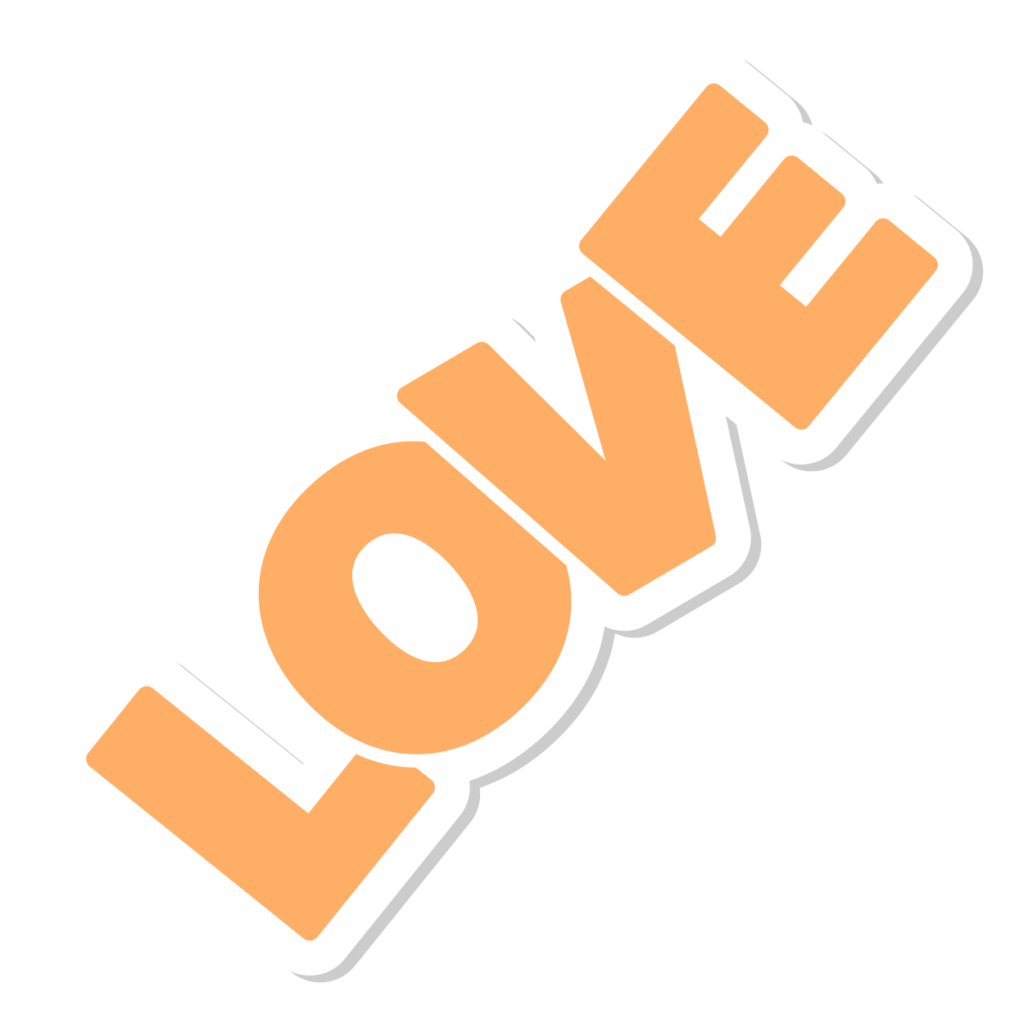Celebrating Pride with Covenant House Vancouver
At Covenant House Vancouver, we honour and celebrate the diversity, strength, and resilience of the 2SLGBTQAI+ community. We are committed to creating a safe, inclusive, and supportive environment for all youth, regardless of their sexual orientation or gender identity.







Our Commitment to 2SLGBTQAI+ Youth
At Covenant House Vancouver, we recognize that 2SLGBTQAI+ youth often face unique challenges and obstacles. Many experience discrimination, rejection, and homelessness at higher rates than their peers. Our mission is to provide a safe haven where every young person feels valued, respected, and empowered to pursue their dreams.
How We Serve 2SLGBTQAI+ Youth

Safe and Inclusive Housing
We provide a safe, non-judgmental environment where 2SLGBTQAI+ youth can live without fear of discrimination or rejection.

Specialized Mental Health Support
Our mental health services are designed to address the specific challenges faced by 2SLGBTQAI+ youth, including trauma, depression, and anxiety.

Community Building and Peer Support
Peer support groups and community- building activities where 2SLGBTQAI+ youth can connect with others who share similar experiences.

We Belong Here
Escaping death back home, a young couple experiences acceptance and Pride celebrations for the first time, at Covenant House Vancouver.
Pride Means Life
Imagine a society in which queer people are afforded the same protections, opportunities, and safety as straight or cisgender people .


Flourishing
Jaden was an oppressed trans youth. At CHV, Jaden began to flourish and both Jaden and their artwork were celebrated at Pride.
We strive to be a safe and inclusive space for all youth
Lesbian, gay, bisexual, transgender, queer/questioning, gender non-binary and Two Spirit youth are overrepresented in the homeless community. We strongly believe that all youth deserve unconditional love and absolute respect and 2SLGBTQAI+ youth are no exception.
Here are some statistics around 2SLGBTQAI+ youth and homelessness:
25% – 40% of homeless youth
are 2SLGBTQAI+
35% of youth served at
Covenant House Vancouver are
2SLGBTQAI+
81% of 2SLGBTQAI+ youth
developed the skills
necessary to maintain or
secure housing
Important terms and definitions
At Covenant House Vancouver, we honour and celebrate the diversity, strength, and
resilience of the 2SLGBTQAI+ community. Click on each of the important terms listed below
to learn their definition:
NON-BINARY
A collection, continuum, or spectrum of gender identities and expressions, often based on the rejection of the assumption that gender is strictly an either/or option of male/men or female/women, based on the sex assigned to a person at birth. Some non-binary individuals may also hold trans identities, but the terms non-binary and trans are distinct and should not be used interchangeably.
2S/TWO SPIRIT
An umbrella term used by many Indigenous communities on Turtle Island (what is referred to as North America) to describe people with diverse gender identities, gender expressions, gender roles, and sexual orientations. Two Spirit people were included and respected in most Indigenous communities, sometimes considered sacred and highly revered. They often took on important roles as healers, mediators, and warriors. It is a term that should only be used by Indigenous people.
LESBIAN
A woman who experiences romantic or sexual attraction primarily to other women.
Gay
Someone who is primarily attracted to those of the same gender; often used when referring to men.
BISEXUAL
Someone who is romantically, emotionally, or sexually attracted to more than one gender, or one’s own gender and other genders. A bi person may feel equally attracted to many genders, or may experience stronger attractions to one gender while still having feelings for others. This ratio of attraction may vary over time.
TRANSGENDER
Frequently abbreviated to trans, this is an umbrella term for a wide range of experiences and identities for people whose affirmed gender does not align with the gender they were assigned at birth. Being trans is something that can only be decided by an individual for themselves and does not depend on external criteria, such as surgery or hormone treatments.
Queer
An umbrella term used to refer to the spectrum of non-heterosexual and/or non-cisgender people. It also provides a convenient shorthand for the acronym 2SLGBTQAI+. It is important to note that this is a reclaimed term that was, and sometimes still is, used as a hate term, and thus some people feel uncomfortable with it.
QUESTIONING
A term sometimes used by those in the process of exploring personal understandings of their own sexual orientation and/or gender identity, as well as those choosing not to use another, more specific label.
ASEXUAL
Someone who does not experience sexual attraction to others. Sexual attraction is different from romantic attraction. Asexuality can be considered a spectrum, with some asexual people experiencing desire for varying types of physical intimacy. This desire may fluctuate over time or by person.
Intersex
General term used for a variety of features in which a person is born with, or develops, reproductive or sexual anatomy, genetic makeup, or hormonal levels that do not seem to fit the current, “typical” definitions of male or female. Intersex has replaced the term hermaphrodite, which is widely considered to be outdated, inaccurate, and offensive. An intersex person may or may not also be part of the trans community; however, the terms intersex and trans are distinct and should not be used interchangeably.
CISGENDER
A gender identity that society considers to “match” the biological sex assigned to someone at birth.
Note: Definitions were taken and/or summarized with permission from QMUNITY, BC’s Queer, Trans,
and Two-Spirit Resource Centre. If you would like to learn more, please refer to their QueerGlossary:
https://qmunity.ca/wp-content/uploads/2023/01/Queer-Glossary_2022_Digital.pdf
CHV Resources
- Our Drop-In Centre holds an event for 2SLGBTQAI+ youth once a month from 6:30pm – 8:30pm. Call 604-685-7474 for more information.
- We work closely with Qmunity to help support the 2SLGBTQAI+ youth we serve.
- We provide art therapy sessions that offer 2SLGBTQAI+ young people the tools they need to manage their mental health, to help them heal from trauma, and to help them find community.
- In our Crisis Program, trans, gender queer, non-binary and Two Spirit youth may request to stay in which ever space they feel most comfortable in.
- If you are youth in need of support or have questions, please contact us toll free, at 1-877-685-7474.
The True Inclusion Assessment
In 2014, Covenant House International collaborated with the True Colors Fund to roll out a pioneering resource, the True Inclusion Assessment. The assessment was designed by the True
Colors United to help agencies implement best practices to welcome and serve 2SLGBTQAI+ youth. The tool measures the inclusivity of an agency’s policies, practices, physical space, and
programs, using information gleaned from anonymous surveys of youth and staff.
Based on the assessment’s outcome, the True Colors Fund then guides the agency through the necessary steps to create a more 2SLGBTQAI+ inclusive and affirming program and environment. The True Colors Fund applied the True Inclusion Assessment at Covenant House sites across the United States and Canada, including here in Vancouver.
The True Inclusion Assessment led Covenant House Vancouver to launch our Rainbow Advisory Committee. Covenant House Vancouver’s Rainbow Advisory Committee is made up of staff
members from each department in the agency. They are dedicated to insuring we use best practices to serve our 2SLGBTQAI+ youth and that we continue to enhance our spaces, policies, procedures, and programs.







